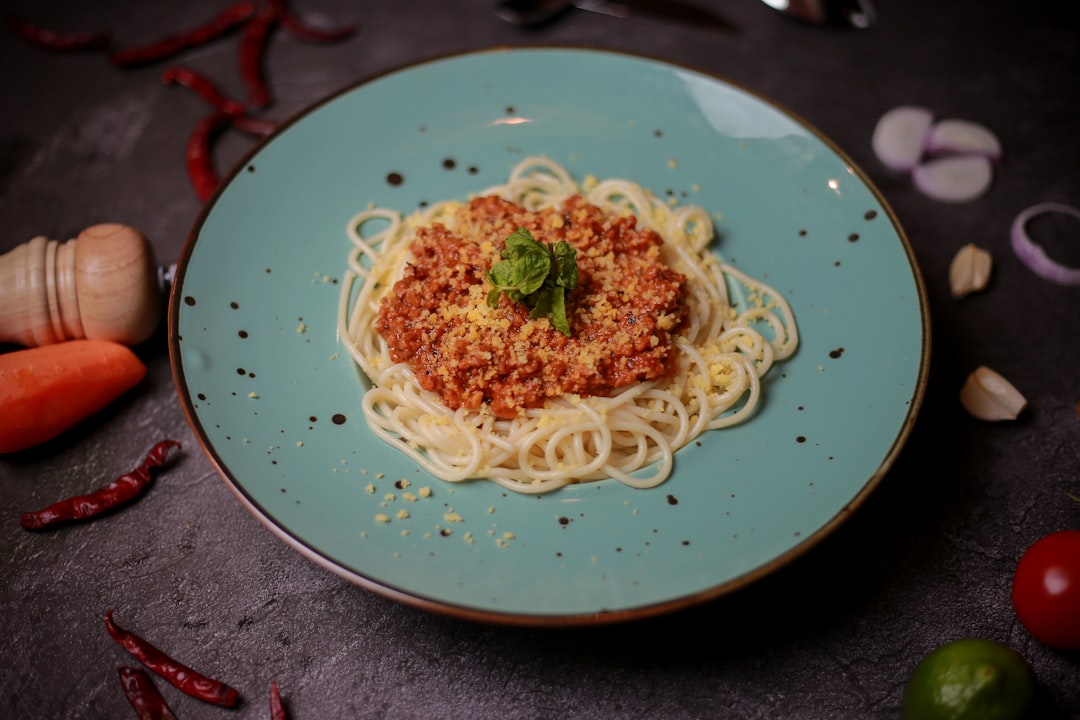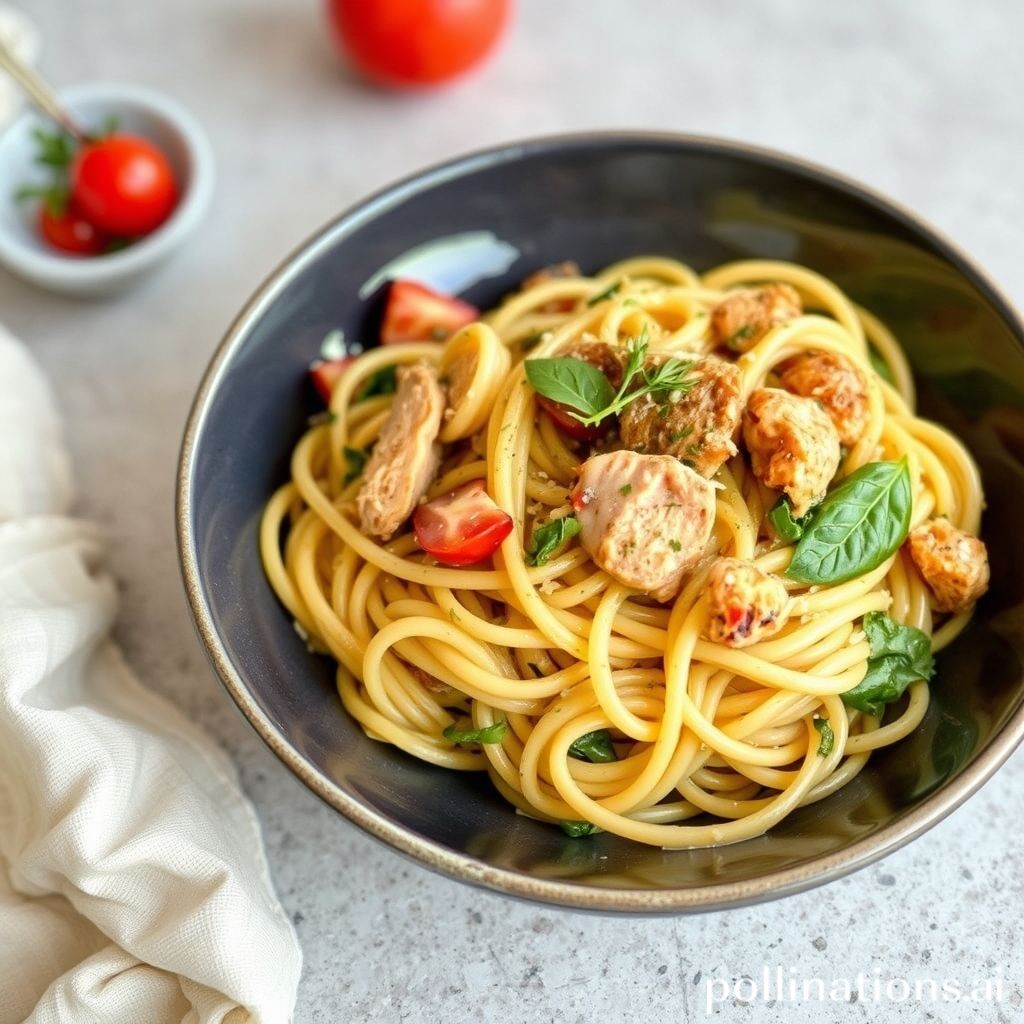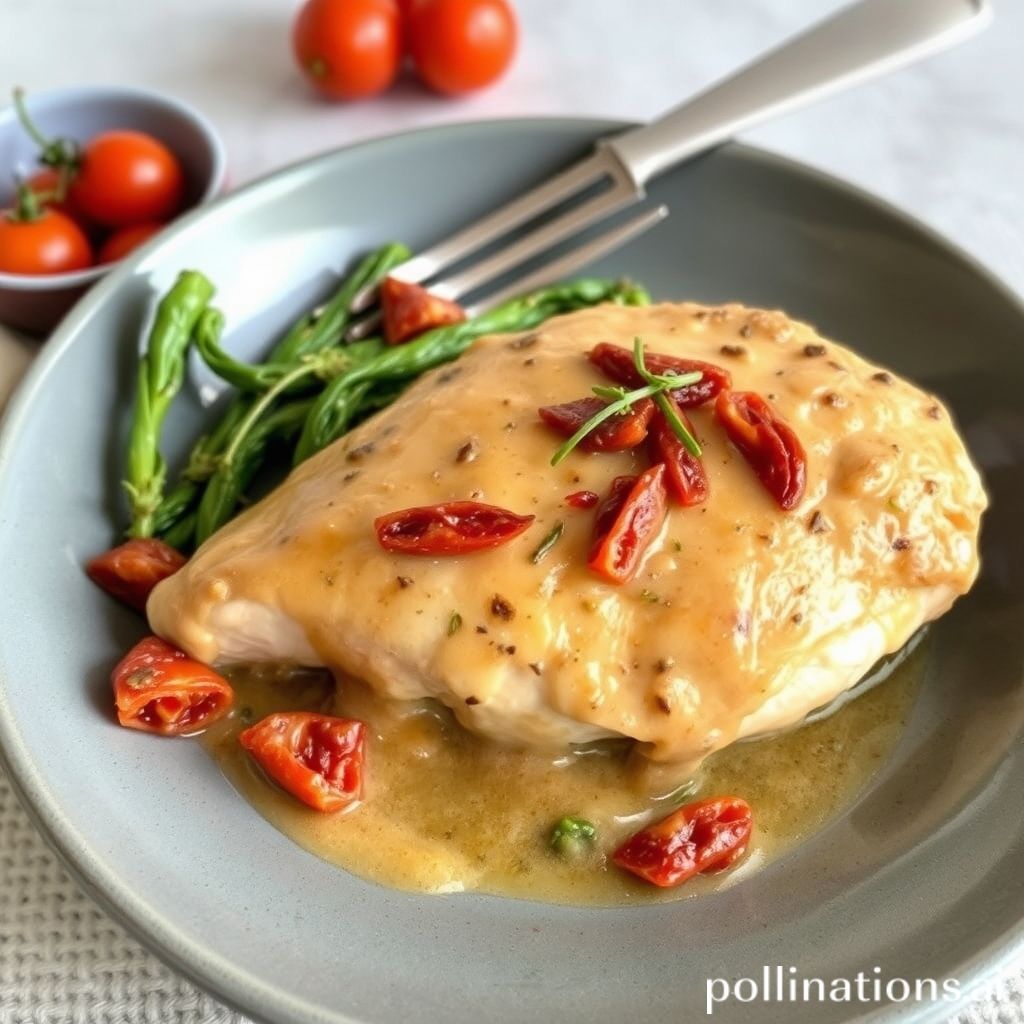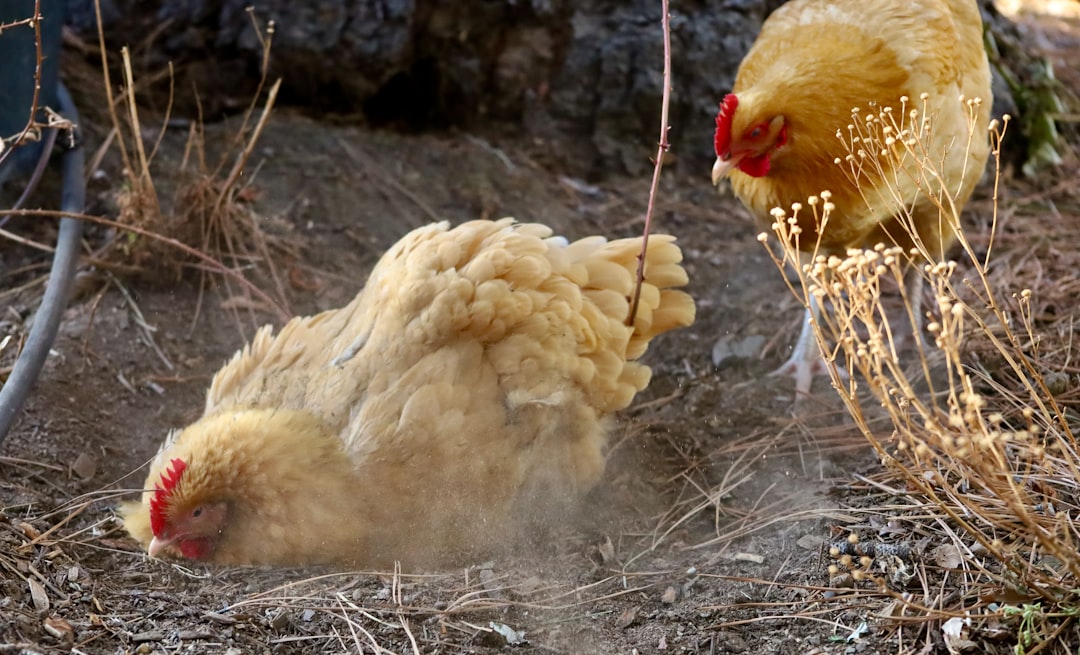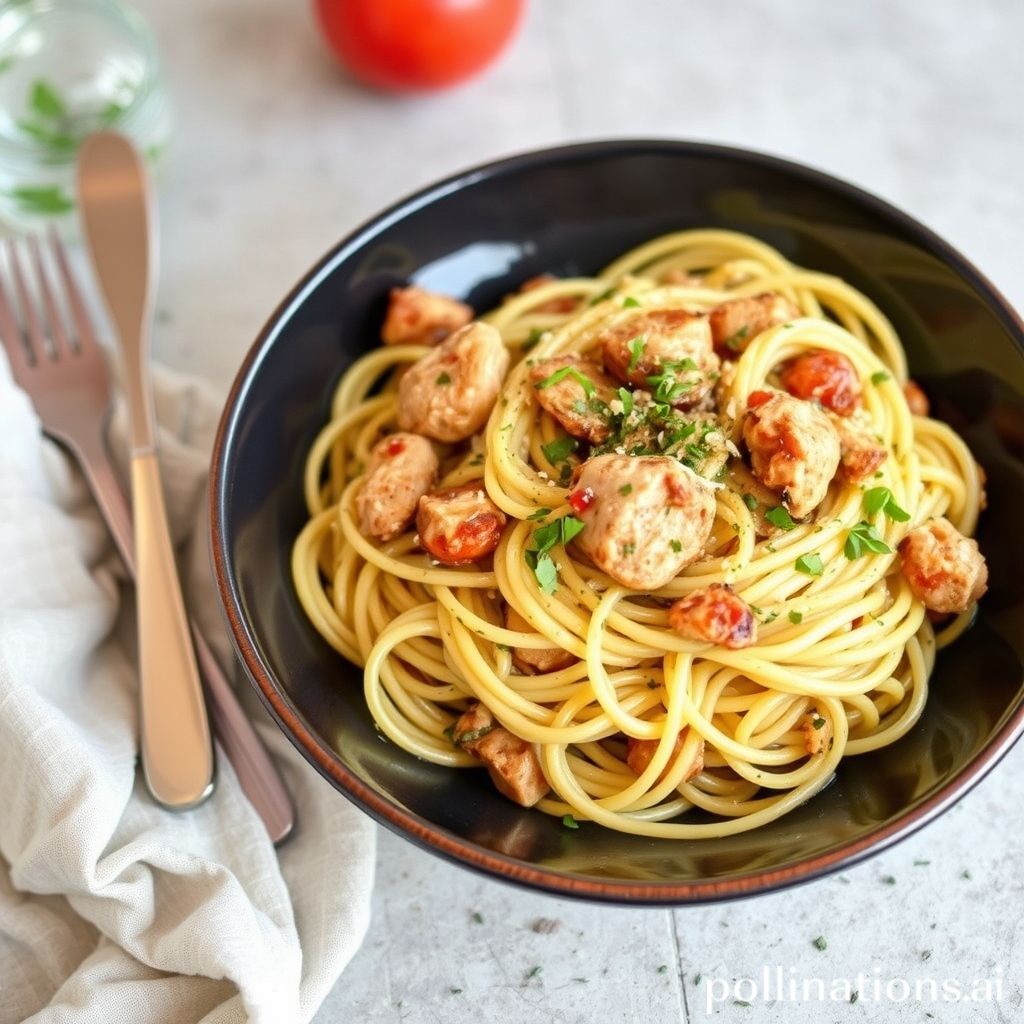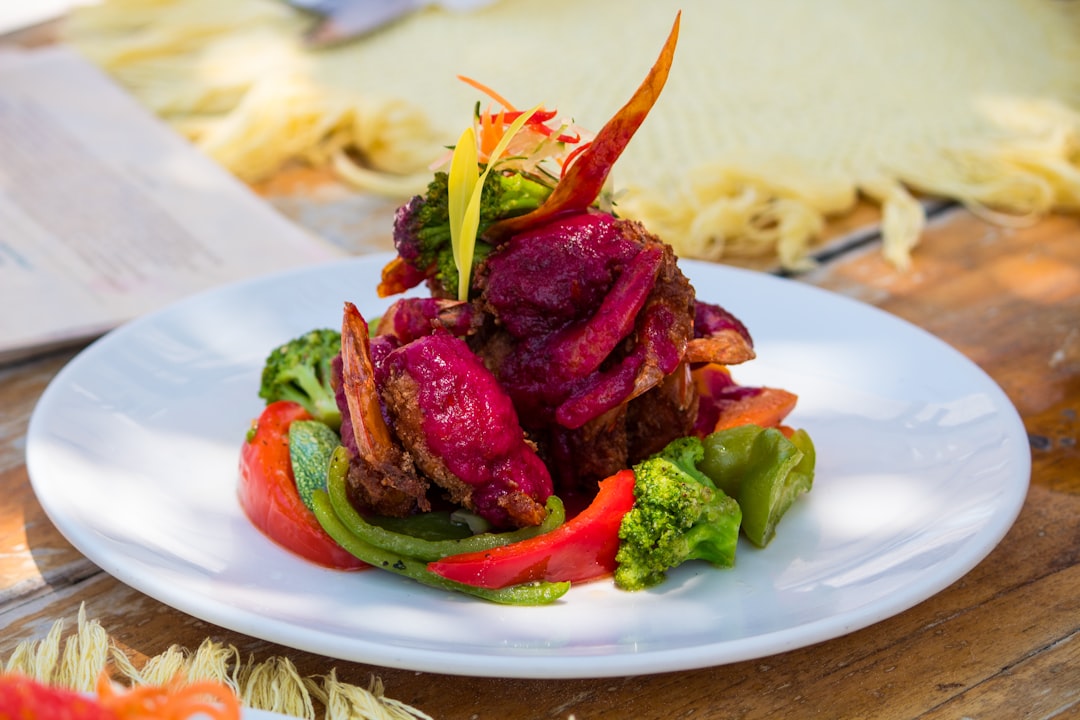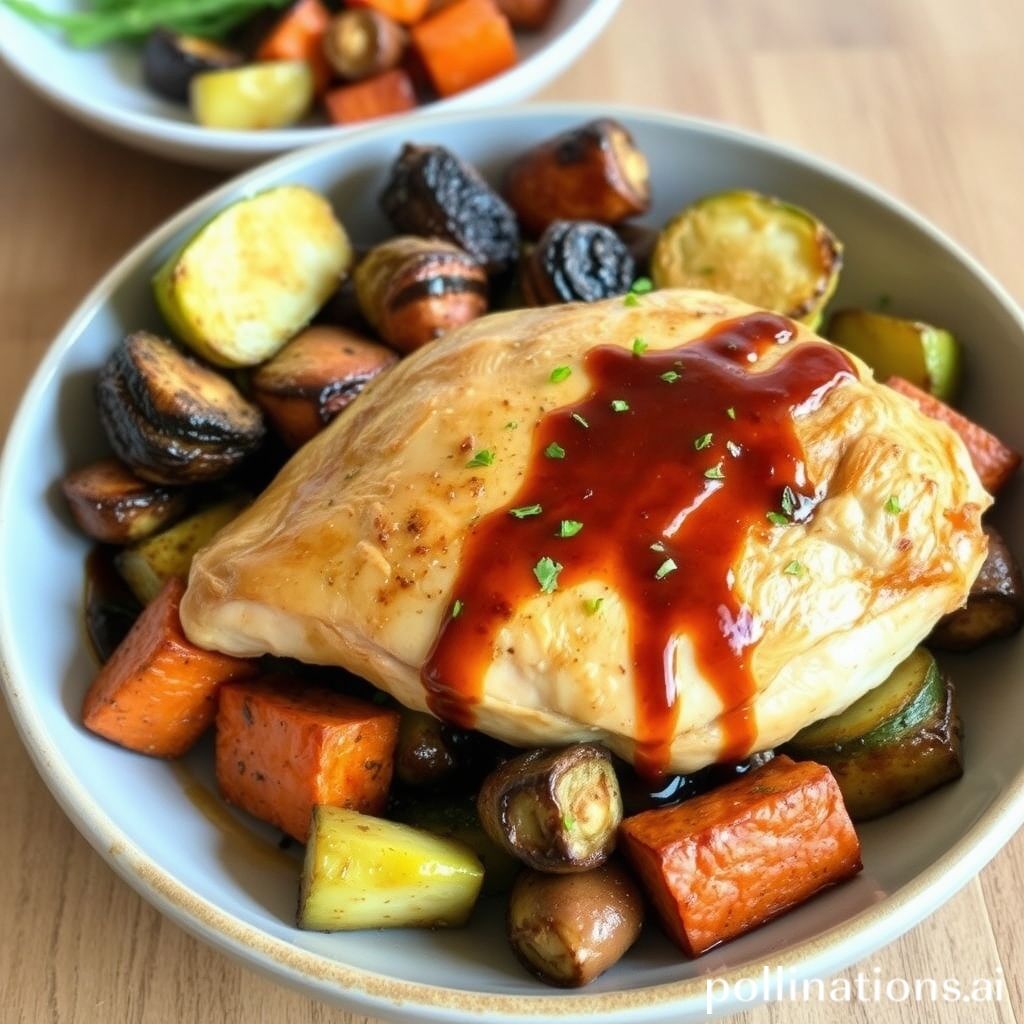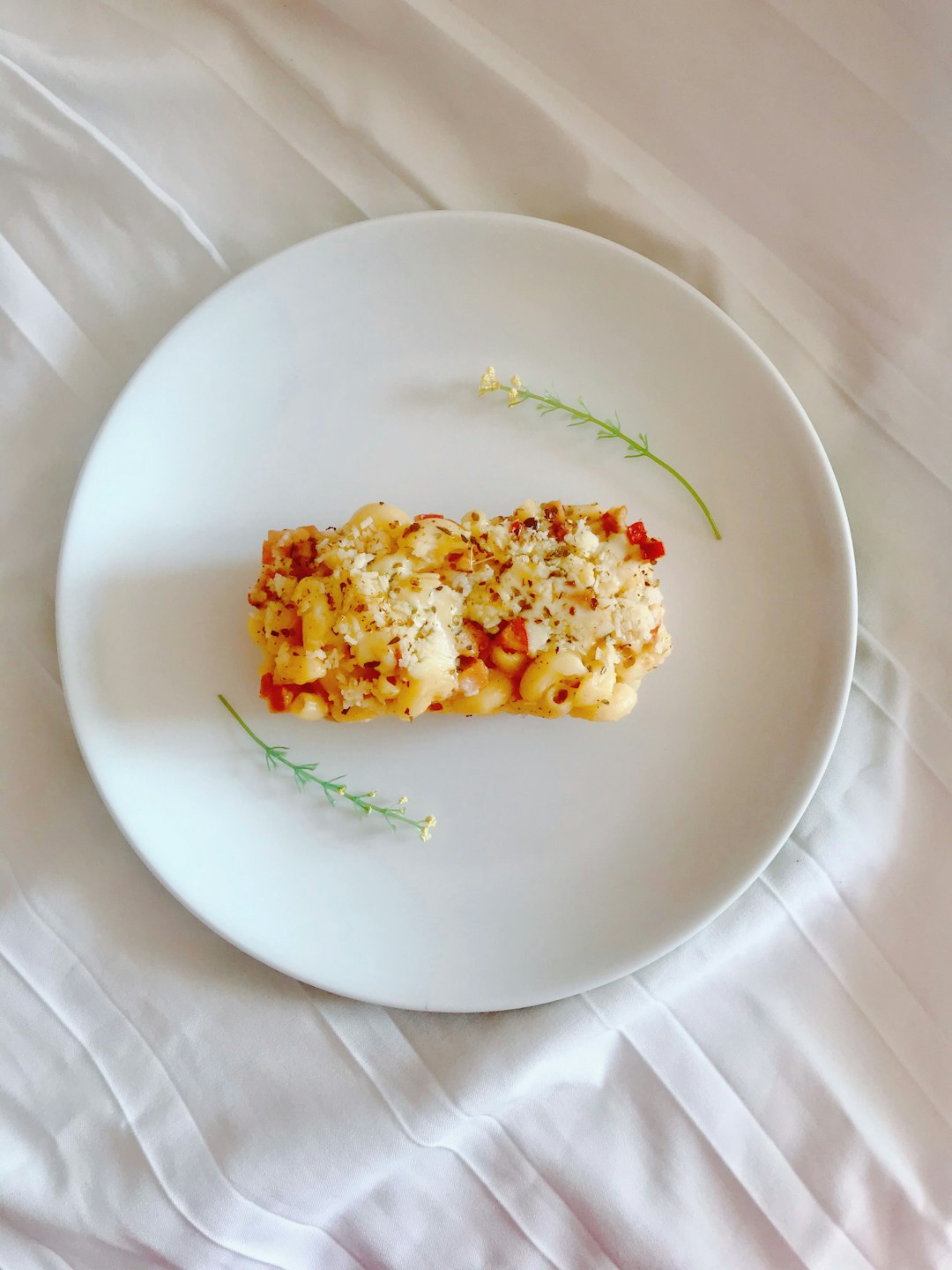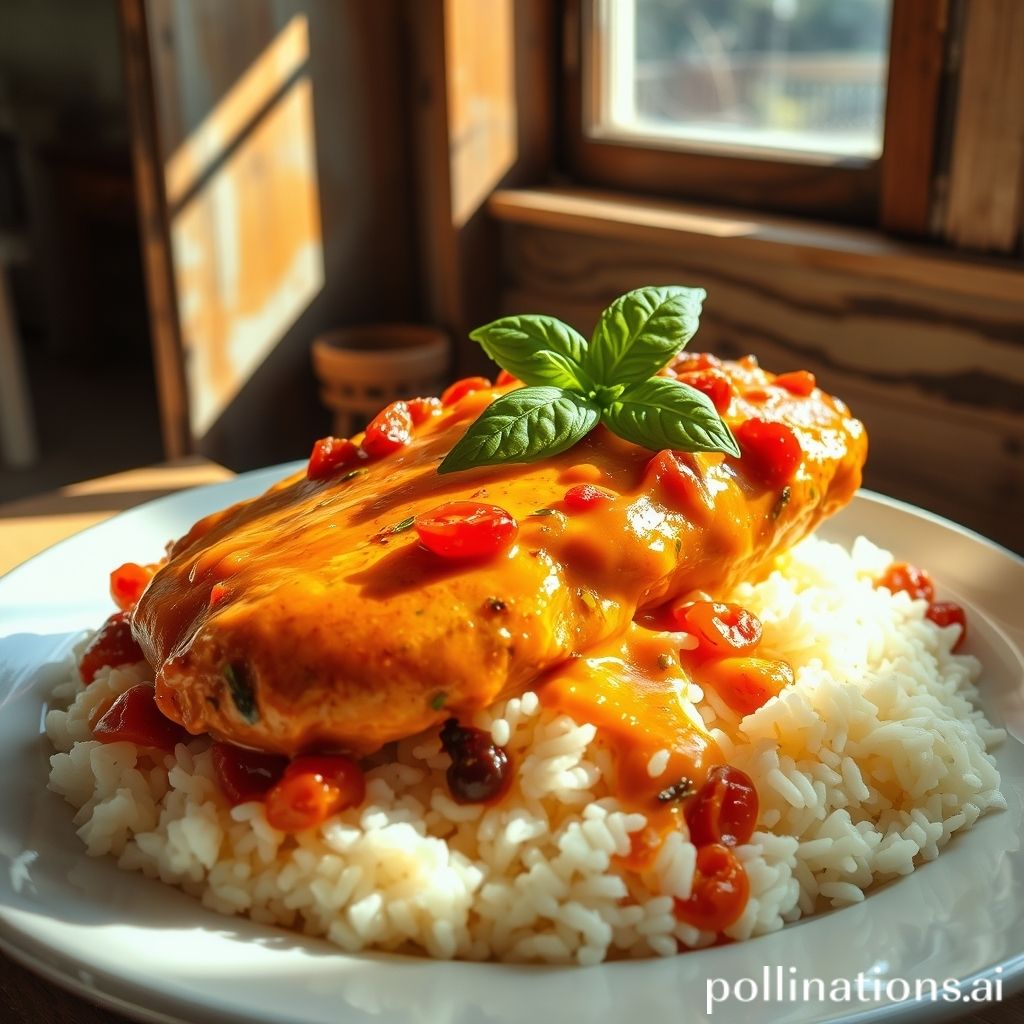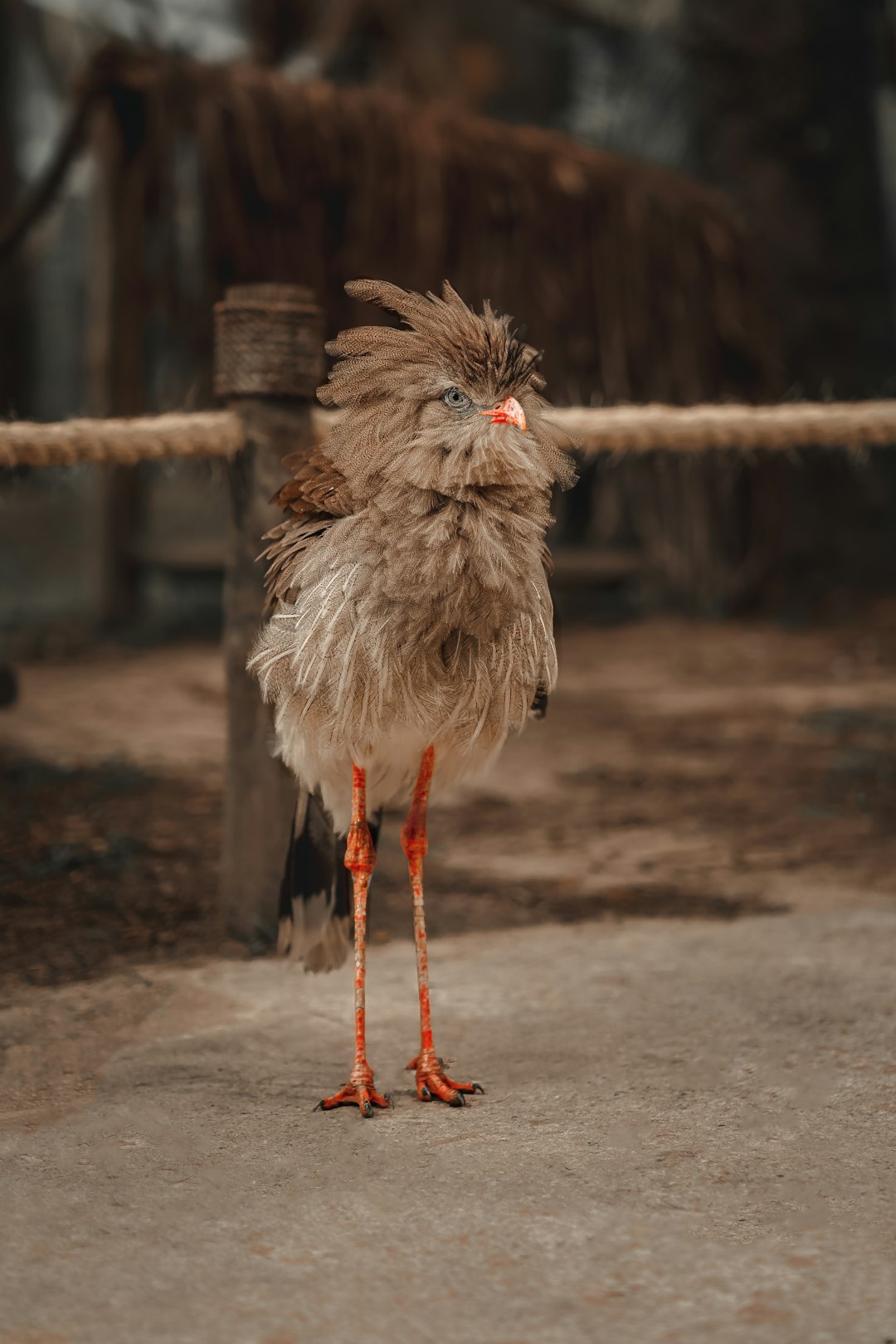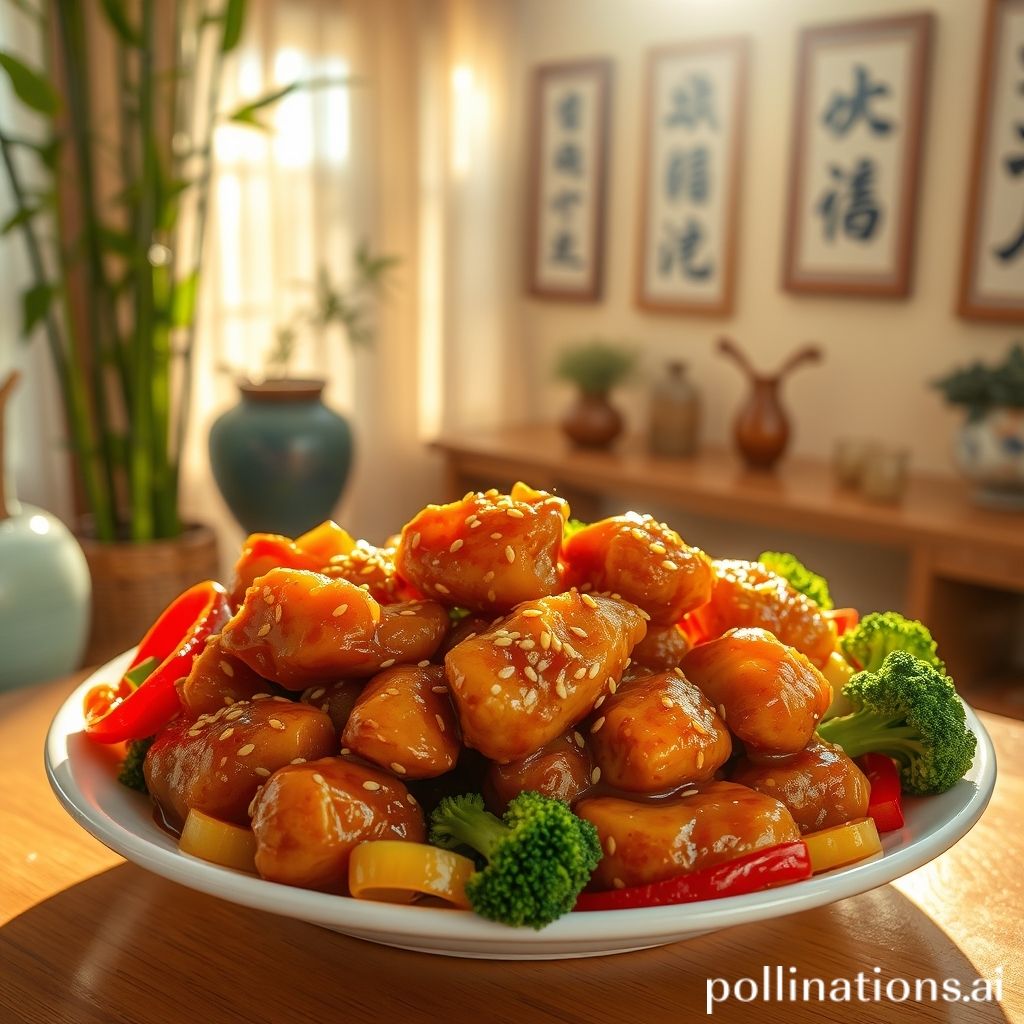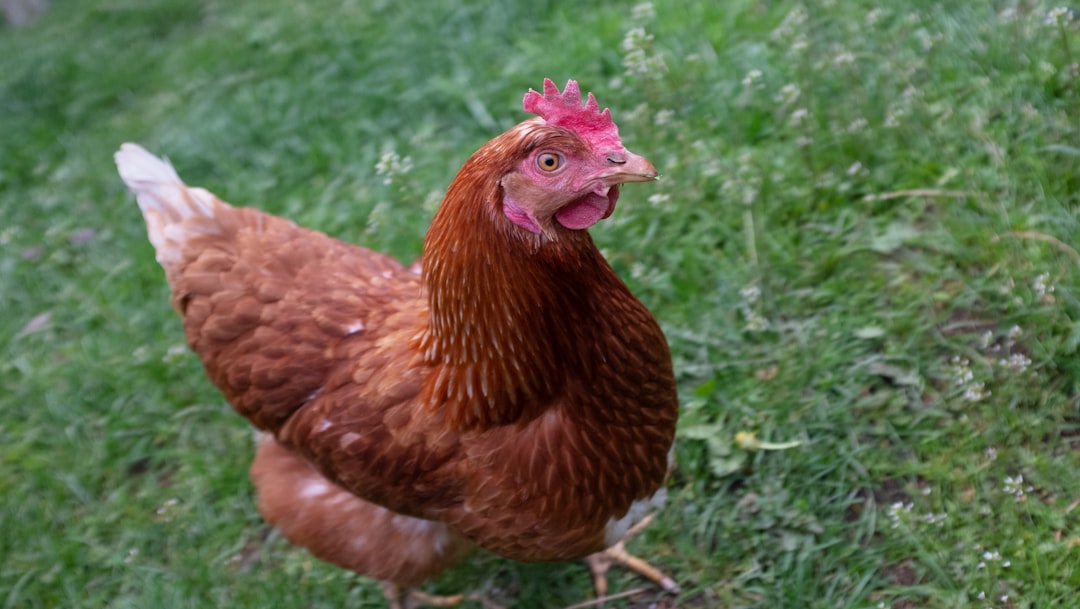Table of Contents
- Introduction
- Ingredients and preparation tips for Tuscan Chicken Pasta
- The role of sun-dried tomatoes and their impact on flavor
- How to achieve the perfect creamy texture in the sauce
- Enhancing flavor with Italian seasoning and fresh herbs
- Exploring pasta options: penne, fettuccine, and beyond
- Balancing protein and vegetables: using chicken and spinach
- Pairing wine and other beverages with Tuscan Chicken Pasta
- Creative variations and serving suggestions for Tuscan Chicken Pasta
- Conclusion
- Frequently Asked Questions
Introduction
Imagine the heartwarming aroma of sautéed garlic and herbs filling your kitchen, creating an inviting ambiance that even the finest Italian trattorias would envy. Welcome to a culinary journey through the sun-kissed hills of Tuscany, where rustic flavors and gourmet craftsmanship converge in a single, tantalizing dish – Tuscan Chicken Pasta.
Set to transport your taste buds to a charming Italian countryside, this dish is a feast for the senses, with every bite telling a story of tradition, passion, and indulgence. As your personal sous-chef, we’ll guide you through crafting this masterpiece, with fresh ingredients such as sun-dried tomatoes, spinach, and perfectly seared chicken, all enveloped in a creamy, dreamy sauce that clings lovingly to each strand of pasta.
But this is more than just a recipe; it’s an invitation to embrace the art of Italian cooking, where every detail matters and the secret ingredient is always love. So, roll up your sleeves, pour yourself a glass of Chianti, and let’s embark on this delightful adventure together. Are you ready to savor the flavors of Italy?
Ingredients and preparation tips for Tuscan Chicken Pasta
Tuscan Chicken Pasta is a delightful mix of flavors and textures that brings the warmth of Italian cuisine to your table. To create this delicious dish, you’ll need ingredients such as chicken breasts, sun-dried tomatoes, spinach, garlic, heavy cream, and Parmesan cheese. Start by seasoning the chicken with salt, pepper, and Italian herbs before searing it in a skillet until golden brown. This ensures a juicy and tender texture. After removing the chicken, add garlic to the pan to release its fragrant aroma, followed by sun-dried tomatoes and fresh spinach, which add richness and color.
For the sauce, combine heavy cream and Parmesan cheese, stirring until the cheese melts into a smooth, creamy consistency. Make sure to scrape up any browned bits from the pan for additional flavor. Lastly, toss in cooked pasta of your choice, adding the sliced chicken on top. A helpful tip is to reserve some pasta water. Adding this starchy water can help adjust the sauce’s thickness, ensuring it’s perfectly glossy and clings well to the pasta. Serve your Tuscan Chicken Pasta hot, garnished with fresh basil or parsley for an extra touch of freshness.
The role of sun-dried tomatoes and their impact on flavor
Sun-dried tomatoes play a pivotal role in the rich flavor profile of Tuscan chicken pasta. These tomatoes are packed with concentrated flavors, achieved through the natural drying process that intensifies their sweet and tangy characteristics. While fresh tomatoes bring a juicy and light taste to a dish, their sun-dried counterparts offer a bold, slightly smoky, and savory element that can elevate the overall depth of the pasta.
When incorporated into Tuscan chicken pasta, sun-dried tomatoes provide a burst of umami, enhancing the flavors of the other ingredients like garlic, Parmesan, and chicken. Their chewy texture adds a delightful contrast against the creamy sauce, making each bite a unique experience. By contributing a hint of acidity, they help balance the richness of the cheese and cream, ensuring the dish doesn’t taste too heavy.
The inclusion of sun-dried tomatoes not only brings an unmistakable Tuscan authenticity but also visually enriches the dish with their deep red hue. They act as a taste bridge that harmoniously ties together the diverse flavors in the pasta, making it a memorable culinary delight. Their bold presence is truly indispensable in recreating the quintessential Tuscan chicken pasta.
How to achieve the perfect creamy texture in the sauce
Achieving the perfect creamy texture in your Tuscan chicken pasta sauce is all about balancing the ingredients and cooking techniques. Start by using heavy cream; its high-fat content provides the richness and smoothness desired. Cook it over low heat, as this helps prevent the cream from breaking, maintaining its velvety consistency. Add Parmesan cheese gradually, allowing it to melt completely for a rich depth of flavor without the risk of becoming grainy.
Immersing yourself in the process, ensure that you gently whisk the sauce, blending all components harmoniously. Incorporate a touch of reserved pasta water; the starches will help emulsify the sauce and thicken it to a luxurious consistency. A dash of butter added at the end can enhance the creaminess, giving your sauce a glossy finish.
Season thoughtfully with salt, pepper, and optional additions like garlic or sun-dried tomatoes for that extra burst of flavor. To master the ultimate creamy texture, patience is key. Let the sauce simmer gently, stirring occasionally, until all ingredients meld into a cohesive, creamy delight that envelops your pasta perfectly, transforming a simple meal into an exquisite culinary experience.
Enhancing flavor with Italian seasoning and fresh herbs
Enhancing the flavor of Tuscan Chicken Pasta can be effortlessly achieved by incorporating Italian seasoning and fresh herbs. Italian seasoning, a versatile blend of herbs like oregano, basil, rosemary, and thyme, infuses the dish with a quintessentially Mediterranean aroma and complexity. It adds a savory depth that complements the creamy sauce and succulent chicken perfectly, providing a balanced and robust taste profile.
Fresh herbs, on the other hand, bring their unique flavors and fragrances into play, offering a vibrant and fresh contrast to the rich and creamy components of the pasta. Adding freshly chopped basil not only introduces a sweet and peppery flavor but also brings a visually pleasing green accent. Similarly, parsley can enhance the dish with its refreshing and slightly bitter taste, cutting through the richness while adding a touch of brightness.
To maximize the impact of these herbs, add them towards the end of the cooking process. This method preserves their essential oils and fresh flavors, ensuring they provide their signature aromatic characteristics to the Tuscan Chicken Pasta. By thoughtfully incorporating Italian seasoning and fresh herbs, you elevate your dish from simple to sublime, creating an unforgettable culinary experience.
Exploring pasta options: penne, fettuccine, and beyond
When exploring pasta options for Tuscan Chicken Pasta, choosing the right type of pasta is crucial to complement the creamy and flavorful sauce. Penne is a popular choice for this dish due to its cylindrical shape and ridges, which effectively hold onto the sauce, ensuring every bite is packed with flavor. Another excellent option is fettuccine, a flat, thick noodle that pairs beautifully with rich sauces and creates a hearty dish. Its wide surface allows the creamy sauce to coat evenly, delivering a satisfying texture.
While penne and fettuccine are classic choices, the world of pasta offers a plethora of possibilities. Farfalle, also known as bow-tie pasta, adds a fun, whimsical twist to the dish and holds the sauce well in its crevices. For a more unique texture, orecchiette has a cup-like shape that cradles the sauce, ensuring each bite is flavorful. If you’re looking for a healthier option, whole wheat pasta or gluten-free alternatives provide the same delicious experience with added nutritional benefits.
Ultimately, the choice of pasta can transform your Tuscan Chicken Pasta experience, allowing for endless creativity in the kitchen.
Balancing protein and vegetables: using chicken and spinach
Tuscan chicken pasta offers a delightful blend of protein and vegetables, featuring chicken and spinach as its star ingredients. The chicken, rich in protein, serves as a satisfying and hearty base for the dish. It not only contributes to the meal’s nutritional value but also provides a tender texture that complements the creamy pasta sauce. Chicken is particularly known for its ability to absorb the rich flavors of the seasoning, making it a versatile and essential component in this recipe.
On the other hand, spinach adds a vibrant touch of color and nutrition to the dish, ensuring a well-rounded balance. This leafy green is packed with essential vitamins and minerals like iron, calcium, and vitamin K, enhancing the overall health benefits of the meal. Spinach cooks quickly and blends seamlessly with the creamy sauce, infusing the dish with a subtle earthiness that balances the richness of the pasta and chicken. Incorporating both chicken and spinach into your Tuscan pasta recipe ensures a harmonious fusion of protein and vegetables, making it a nutritious and flavorful choice for any meal occasion.
Pairing wine and other beverages with Tuscan Chicken Pasta
Pairing the right beverage with Tuscan Chicken Pasta can elevate your dining experience, enhancing the flavors and delighting your palate. This dish typically features a creamy sauce with sundried tomatoes, spinach, and chicken, so it pairs beautifully with a wine that complements its rich and savory profile.
An Italian white wine like Pinot Grigio works well, offering a crisp and fruity balance to the creamy sauce. Its lightness won’t overpower the delicate flavors of the dish. Alternatively, a Chardonnay with subtle oak notes can also add a nice depth without overshadowing the pasta.
For red wine lovers, a Chianti, with its cherry and earthy undertones, brings out the rustic flavors of the Tuscan-inspired sauce while maintaining a refreshing acidity. This ensures the overall dining experience remains balanced.
If you prefer non-alcoholic options, consider a sparkling water with a slice of lemon or a well-brewed herbal tea, perhaps with hints of citrus or berry, to cleanse the palate between bites. Pairing the right beverage is about balancing flavors, enhancing the dining experience, and enjoying each bite with the perfect sip.
Creative variations and serving suggestions for Tuscan Chicken Pasta
One of the wonderful aspects of Tuscan Chicken Pasta is its versatility in adapting to various creative variations. For a delightful twist, consider incorporating seasonal vegetables such as zucchini, asparagus, or sun-dried tomatoes. Not only do these additions enhance the dish’s visual appeal, but they also boost its nutritional profile. If you prefer seafood, swap out the chicken for shrimp or salmon, both excellent complements to the creamy sauce and aromatic spices.
For those seeking a bit of spice, a sprinkle of red pepper flakes can elevate the dish’s flavor profile significantly. Opt for gluten-free pasta options if dietary restrictions are a concern, ensuring everyone at the table can enjoy this delicious meal.
When it comes to serving suggestions, Tuscan Chicken Pasta pairs beautifully with a crisp green salad, dressed with a light vinaigrette. A crusty loaf of garlic bread is perfect for mopping up the creamy sauce, leaving no corner of flavor unturned. For a more sophisticated setting, consider drizzling some truffle oil over the top just before serving, adding an indulgent aroma that delights the senses. Whatever variation you choose, Tuscan Chicken Pasta promises a satisfying culinary experience.
Conclusion
Savoring the flavors of Tuscan Chicken Pasta is a culinary journey that beautifully merges tradition with gourmet delight, offering a dish that’s both tantalizing and comforting. From the bold, concentrated flavor of sun-dried tomatoes and the creamy, velvety texture of the sauce to the perfect balance of protein and fresh vegetables, each element collaborates to craft a symphony of tastes that celebrates the essence of Italian cuisine. By experimenting with different pasta choices and creative variations like adding seasonal vegetables or seafood, you can customize this versatile dish to suit your taste and occasion. Be sure to complement your meal with a well-paired beverage, whether it be a crisp Pinot Grigio or a refreshing sparkling water, to enhance the dining experience further.
Embrace this recipe as a platform to explore and unleash your culinary creativity in the kitchen. To take your love for chicken dishes to the next level, we highly recommend diving deeper into flavor with ‘The Chicken Bible: Say Goodbye to Boring Chicken with 500 Recipes for Easy Dinners, Braises, Wings, Stir-Fries, and So Much More.’ This comprehensive guide is perfect for anyone looking to expand their culinary repertoire and can be purchased conveniently here. Happy cooking and buon appetito!
